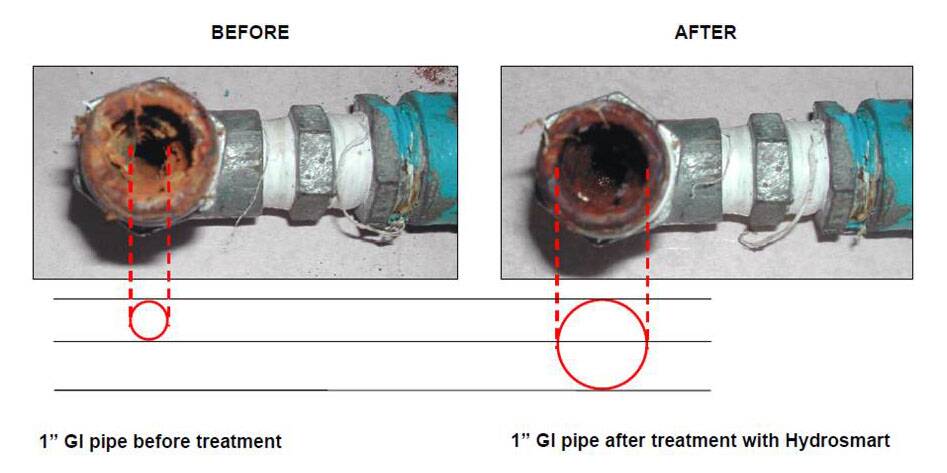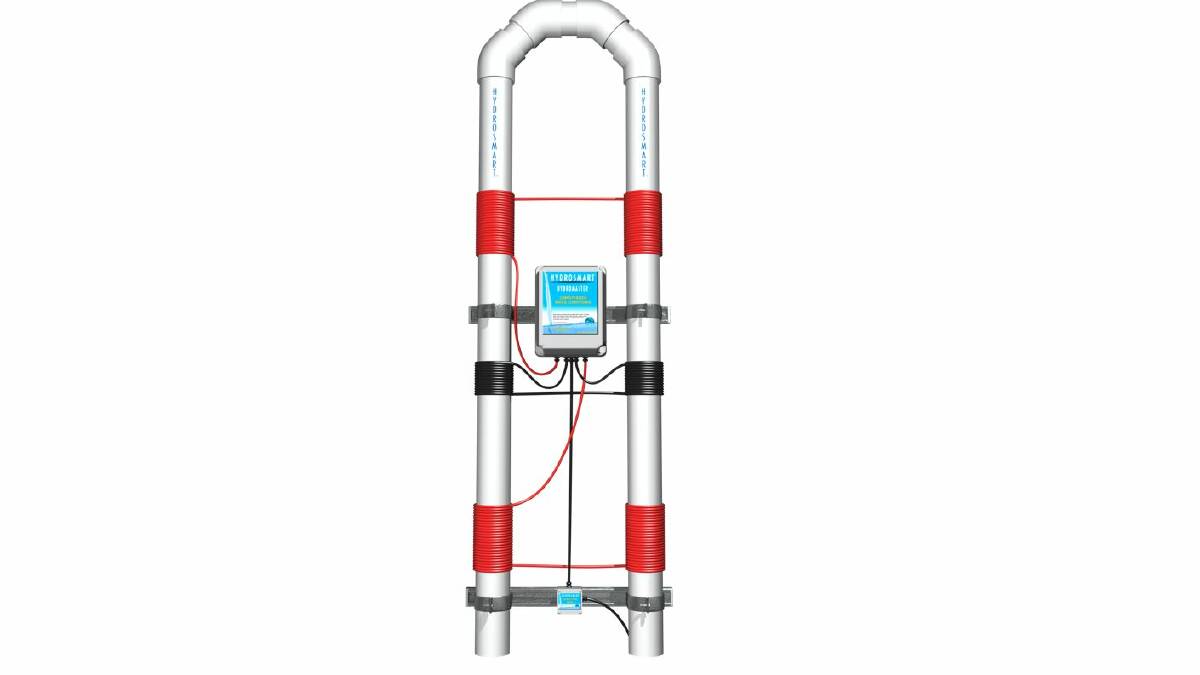Learn about Hydrosmart, what it does and how it works.
Published on by Trudi Schifter, CEO and Founder AquaSPE in Technology
One of the biggest challenges most Australian farmers face is water. At times, there isn't much of it around and you have to make the best use of what you've got.
However, using hard water or bore water that is high in salinity creates challenges of its own. More to the point, it can impact your bottom line.
That's why South Australian company Hydrosmart has come up with a technological solution to help "turn bad water into good water and good water into better water". That improves your bottom line.
Whether it's: challenges to making crop and plants grow; animals with digestive problems caused by salinity; issues with your soils; or even scale and calcium build-up corroding or blocking up your pipes, the quality of your water is fundamental to the success of your operation.
Breaking down aggregates

Many problems with hard water are caused by bonding between dissolved minerals or elements.
Hydrosmart's Physical Water Conditioning Systems uses a series of ULF and VLF radio frequencies to excites the water molecules and stop these mineral bonds forming.
In other words, they're softening the water without changing it's elemental composition. They're simply making it better to use. This is partly achieved by converting carbonate to bicarbonate in a gradual fashion.
"If you think about your water as being like a house, the bonding between minerals is kind of like the mortar that keeps it all together. So, what we're doing is exciting the water molecules in the pipe which essentially breaks down that mortar and reduces the house to rubble," Hydrosmart' s managing director Paul Pearce explained.
"If you have iron and calcium and magnesium in your water, their ionic charges allow them to bind up and become molecular giants. It's the size of these molecular giants that creates problems and causes hardness," he continued.
"So once water has gone through this process the elements are more singular, if you like, and so become scavengers to break down hardened layers via a positive feedback system. It's like a healthy reset without taking anything out.
"You've essentially got the same water and the same total dissolved salts as before - you still have the same ppm - but it behaves differently and you get better outcomes."
The system uses an antenna and a number of external coils which are connected to a small microprocessor. It is cheap to operate and requires just five watts of electricity to run so can be solar powered.
Moreover, it doesn't require any chemicals, filters or maintenance nor does it create any waste or pollutants.
Research and Development

Hydrosmart's managing director Paul Pearce has been in the water business for more than three decades and has a passion for sustainability.
He has spent many years building on the physical chemistry research that underpins the technology and has worked closely with a number of reputable institutions to conduct trials, including Flinders University in Adelaide and RMIT University in Melbourne.
These studies have found that water treated by Hydrosmart can be used to successfully grow plants in poor soils, and to reduce particle size of minerals in hard water.
Ongoing university tests are showing it also enhances dissolution of nutrients already present to increase their bioavailability. Finally trials are underway at a large livestock operation to confirm anecdotal findings that nutritional efficiency is improved in livestock.
Attached link
http://www.youtube.com/embed/Ny40833yRdsTaxonomy
- Minerals
- Water conditioning